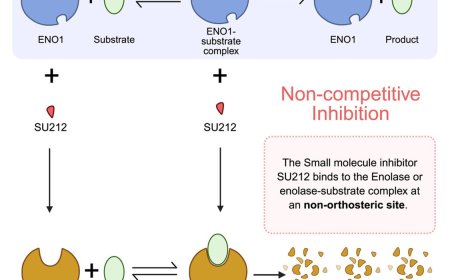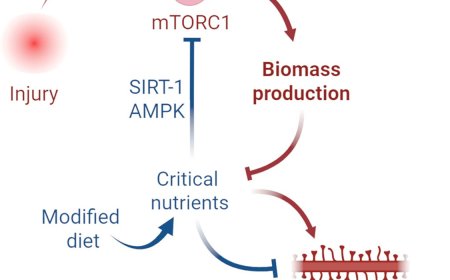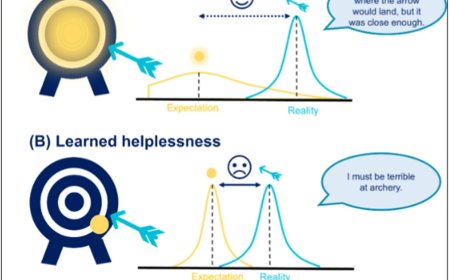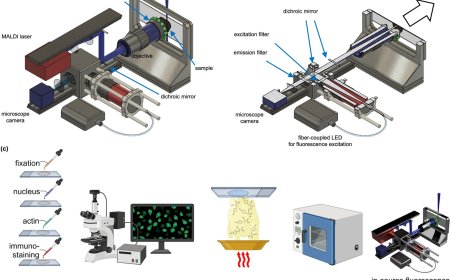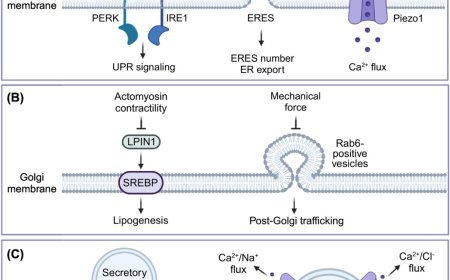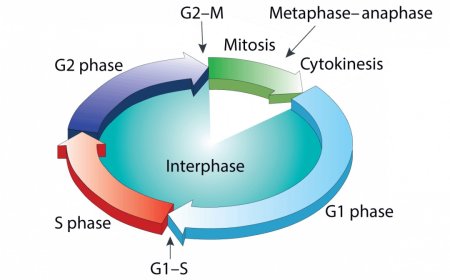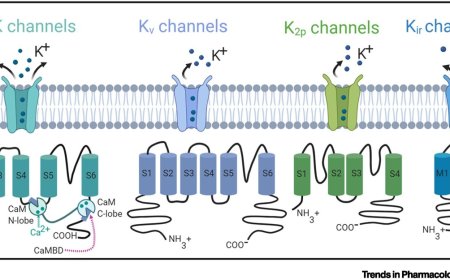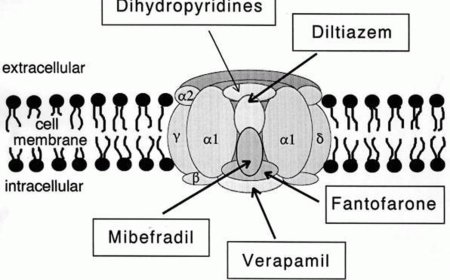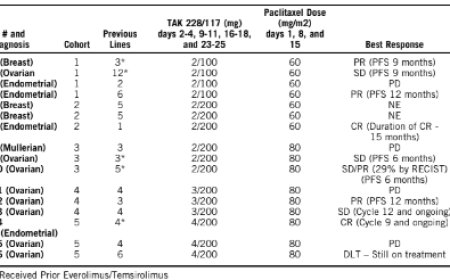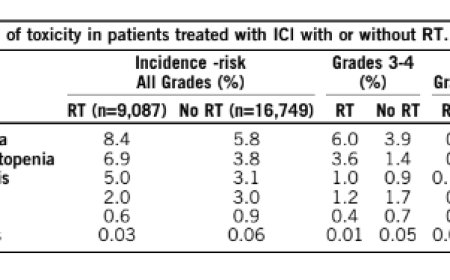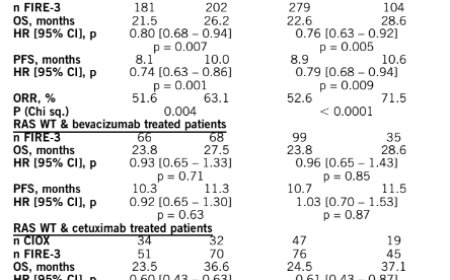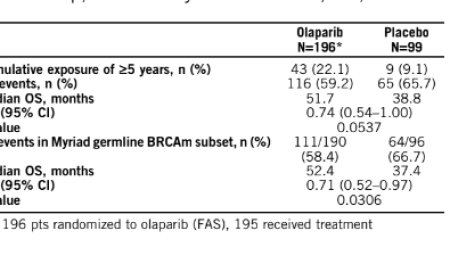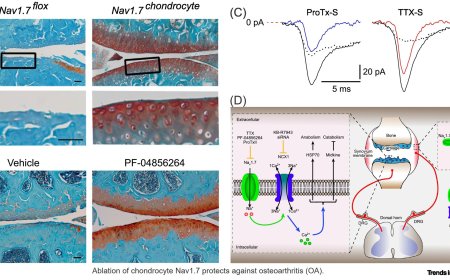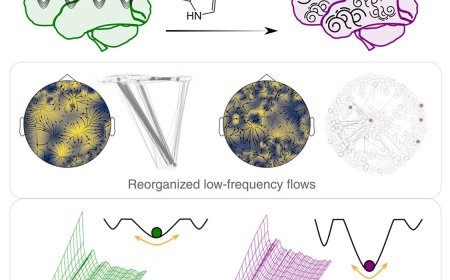Psilocybin-induced neuroplasticity mechanisms
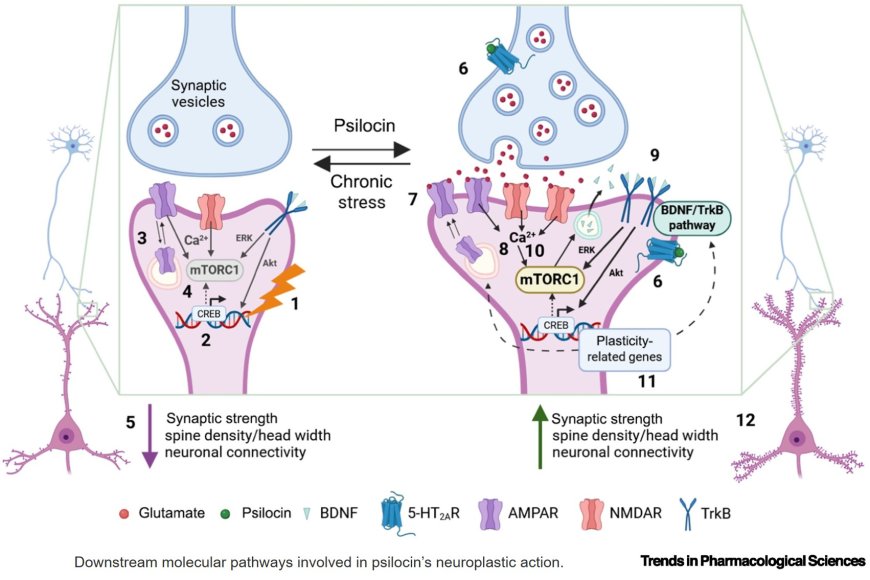
Cell type–specific expression of serotonin 2A receptors 5-HT (5-HT2ARs) in the medial prefrontal cortex is critical for psilocin’s neuroplastic and therapeutic effects, although alternative pathways may also contribute.
Distinct binding poses at the 5-HT2AR bias psilocin signaling toward Gq or βarrestin pathways, differentially shaping its psychedelic and therapeutic actions.
Psilocin might interact with intracellular 5- HT2ARs, possibly mediating psilocin’s sustained neuroplastic effects through location-biased signaling and subcellular accumulation.
Psilocin engages additional serotonergic receptors beyond 5-HT2AR, including 5- HT1AR and 5-HT2CR, although their contribution to therapeutic efficacy remains unclear.
Insights into the molecular interactome of psilocin – including possible engagement of TrkB – open avenues for medicinal chemistry efforts to develop next generation neuroplastic drugs.
https://www.cell.com/trends/pharmacological-sciences/fulltext/S0165-6147(25)00200-7
https://sciencemission.com/psilocybin-induced-neuroplasticity


